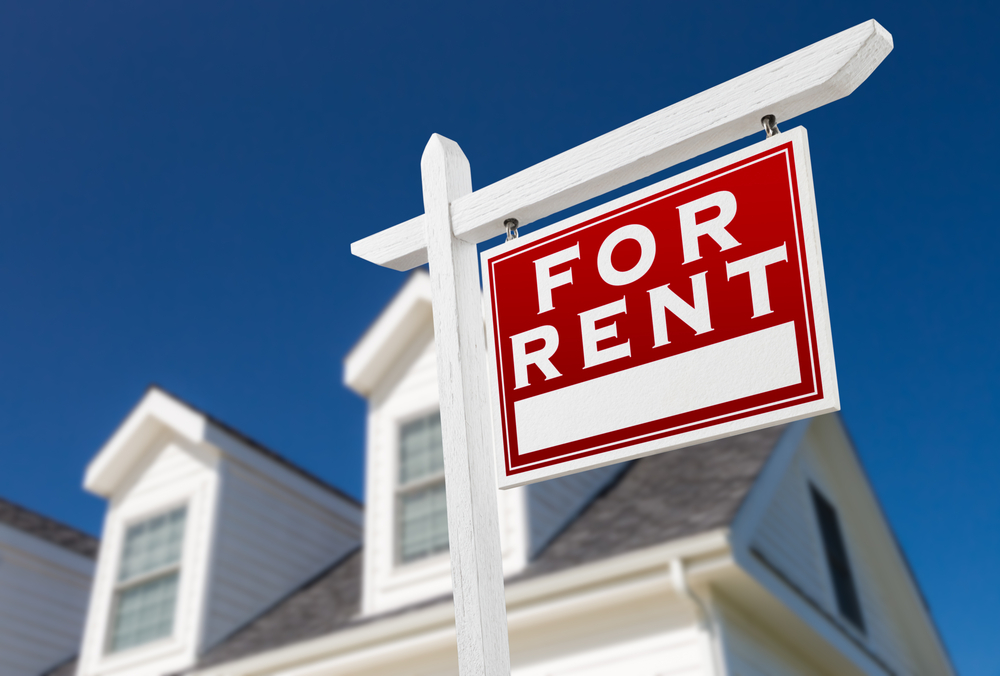Rental properties, in my opinion, are the best way to create long-term, generational wealth, but it’s not always easy to acquire them. Many of my mentors in real estate have taught me that the biggest regrets they have over the course of their real estate career was ever selling any house and not instead turning it into a long-term rental investment. But in the current market of high-priced housing and higher interest rates than we’ve seen in over a decade, it’s much harder to acquire an investment property that will cashflow positively, so successful investors are getting creative. Here are 3 creative ways to get your foot in the door as a landlord.
1. Nomad Investing:
When buying a house (or condo or townhouse) that you plan to live in, lenders give you much more favorable financing options. The owner-occupied loan options are superior to non-owner-occupied loans in that they traditionally have a higher loan-to-value (LTV) ratio and lower interest rates. When you are buying a house to live in, you can get down payments as low as 5%, possibly even as low as 3.5% down; however, when you are buying an investment property that you plan on renting to somebody, you’re likely looking at a requirement to put 20-25% down. When we’re dealing with housing prices where they are now, if you can purchase a home with 5% down instead of 25%, that is a significantly smaller amount of cash that you’ll have to shell out to get your foot in the door.
Let’s assume you want to own a rental property that is selling for $500,000, and your lender wants you to put down 25% to go directly into a non-owner-occupied loan. That would be $125,000 that you would have to put down as a down payment. But that same lender is willing to give you an owner-occupied loan with just 5% down as long as you live in it for a year. That would be just $25,000 required for the down payment, a number that is much easier to swallow than $100,000 more.
The caveat here? You have to live in the house, typically for a minimum of a year. But if you don’t mind the trouble of moving, then after you’ve been in the home for a year, you can just move out and turn that into a rental property. You get to keep all of the benefits of an owner-occupied loan, even after you move out. Then you can count the rental income from that house as additional income to help you qualify for your next home that you can move into and then eventually convert into a rental house.
2. House Hacking
This is an investment strategy that has gained a lot of popularity over the last few years and has been the subject of a number of books and podcasts recently. House hacking really can take many forms, but at its core, house hacking really just means creatively generating income from your primary residence. This can be as simple as renting out a room or a level in your house to a tenant or roommate or it can be as in-depth as owning a 4-plex and living in one unit while renting the other three.
One of the most common house hacks that I see in the Denver Metro area is where people have a basement unit with a separate exterior entrance. Often times a ranch or a 2-story house that has a basement has an entrance that has been blocked off from the main level(s) of the house to create a private feel for both areas. Sometimes this basement unit will have a full kitchen, laundry machines, a full bathroom, and any and everything else needed for a tenant to be able to live there long term.
I’m also seeing a lot of basement units that may just have a refrigerator or a small kitchenette. These are often for short-term rentals, which also works out great, because many municipalities have regulations surrounding short-term rental properties that state you can only do it in your primary residence. This is a way to live in the house full time and still be able to rent out space in your house at short-term rates while still maintaining your privacy and offering a private unit to your guests as well.
3. BRRRR Investing:
BRRRR investing, short for BUY, REHAB, RENT, REFINANCE, REPEAT is another form of investing that has gained a lot of attention in the last number of years as well. The mechanics of this strategy are right in its name: first you buy the property, then you fix it up to increase its value, then you rent it, then you refinance out of your short-term hard money loan, then you do the whole process all over again with a different property.
The key to this type of investing is the idea that you can get into a rental house with far less money out of pocket if you rehab it than if you were to just buy a turnkey house that needs no improvement. The reason is that if you buy a house that’s in rough shape and you get it for that discounted price, you could then rehab it and raise its value more than the amount of money you spent on the rehab. That increase in value (also known as your equity) then becomes your down payment when you go to refinance into a long-term loan, preventing you from having to shell out a large cash down payment.
Time To Get Creative When It Comes To Rental Property Investments
Historically, there have certainly been easier times to become a landlord, but that in no way prevents you from doing it today. Every day, even in this market, people are employing these three strategies to become a landlord and gain some positive cash flow in their lives.

